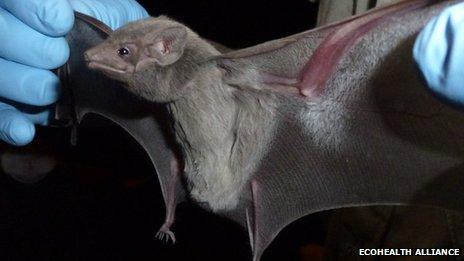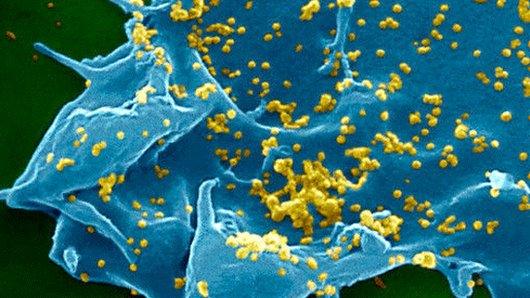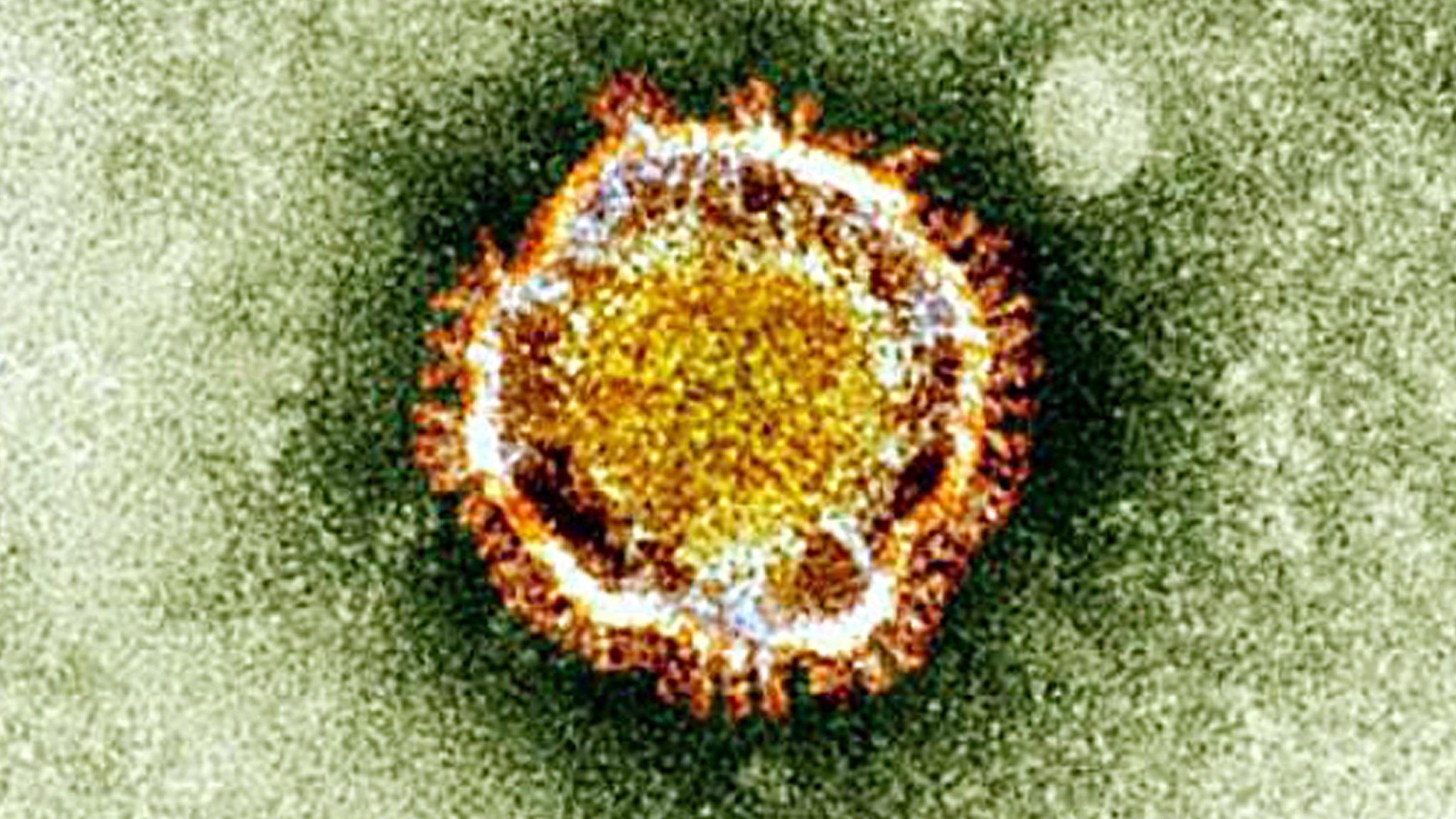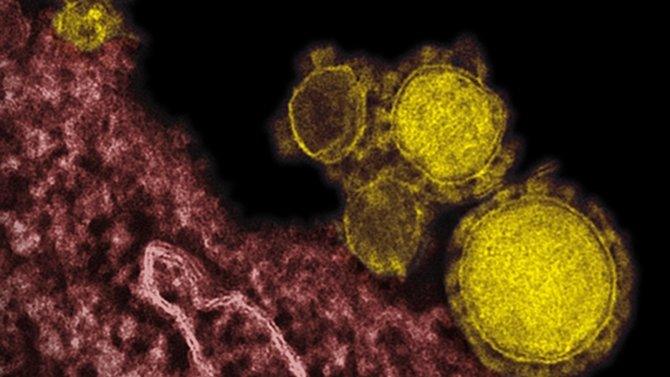Mers: Deadly coronavirus found in tomb bat
- Published

The sample was found in a faecal sample taken from an Egyptian tomb bat
The deadly Mers coronavirus has been isolated in a bat in Saudi Arabia, scientists report.
The virus was detected in a faecal sample taken from an Egyptian tomb bat, collected close to the home of the first known Mers victim.
The research is published in the journal Emerging Infectious Diseases, external.
But while scientists found a genetic match, they think it is unlikely that bats are responsible for passing the virus to humans.
Instead they think the virus is spreading from the winged mammals to other animals before it is reaching people.
Another piece of research was recently published in the journal Lancet Infectious Diseases, external, which suggested that this intermediary animal could be the dromedary camel.
However, only antibodies - the proteins produced to fight infections - were detected in camels, rather than the virus itself, and more work needs to be done to confirm this finding.
'Identical sequence'
The Mers coronavirus first emerged in the Middle East last year.
So far, there have been 94 confirmed cases and 47 deaths.
While the virus has been spreading between humans, most cases are thought to have been caused by contact with an animal.
But scientists have struggled to work out which one.
In October 2012 and April 2013, researchers collected samples taken from different bat species found close to the home of the first known victim of Mers.
These were sent to Columbia University in New York. However, the first batch was opened at US customs, and thawed to room temperature. The April batch arrived intact.
Of the 1,000 samples collected, only one taken from the Egyptian tomb bat contained any signs of the virus.
Dr Ian Lipkin, director of the Center for Infection and Immunity from Columbia University and a co-author of the study, said: "In this case we have a virus in an animal that is identical in sequence to the virus found in the first human case."
Narrowing hunt

Researchers are now looking to see if camels and other animals are involved in spreading the virus
The finding suggests that bats could be the origin of the disease, but scientists are looking for another animal that is involved in its spread. Samples taken from camels, sheep, goats and cattle are now being analysed.
Commenting on the research, Prof Jonathan Ball, a virologist from the University of Nottingham, said: "We have long suspected that bats are likely to be the original source of Mers. They've been around for millions of years and have picked up a lot of viruses on the way - bats are a source of lots of human virus infections, like Ebola, henipahvirus, rabies and Sars.
"But there are still some crucial unknowns. They sequenced a very small part of the virus genome - and a highly conserved part at that. We would need to see more extensive analysis involving other more variable genes before we can definitively say the viruses are related.
"Even if this proves to be the case, bats are unlikely to be the source of the continuing Mers outbreaks. Humans and bats just don't interact very much. It's much more likely that an intermediate animal is involved - and finding out what this animal is is key if we are to eradicate this virus before it becomes a bigger problem."
Prof Ian Jones from the University of Reading added: "The surprising overall message is that the bats of (Saudi Arabia) are not awash in the virus, quite the opposite as only one example was found and that appeared to be incomplete.
"The main reservoir for this virus and how it gets to infect people remains unclear at this stage."
- Published9 August 2013

- Published2 July 2015

- Published5 July 2013

- Published13 May 2013

- Published23 June 2013

- Published20 November 2012

- Published28 May 2013

- Published19 February 2013

- Published13 February 2013
